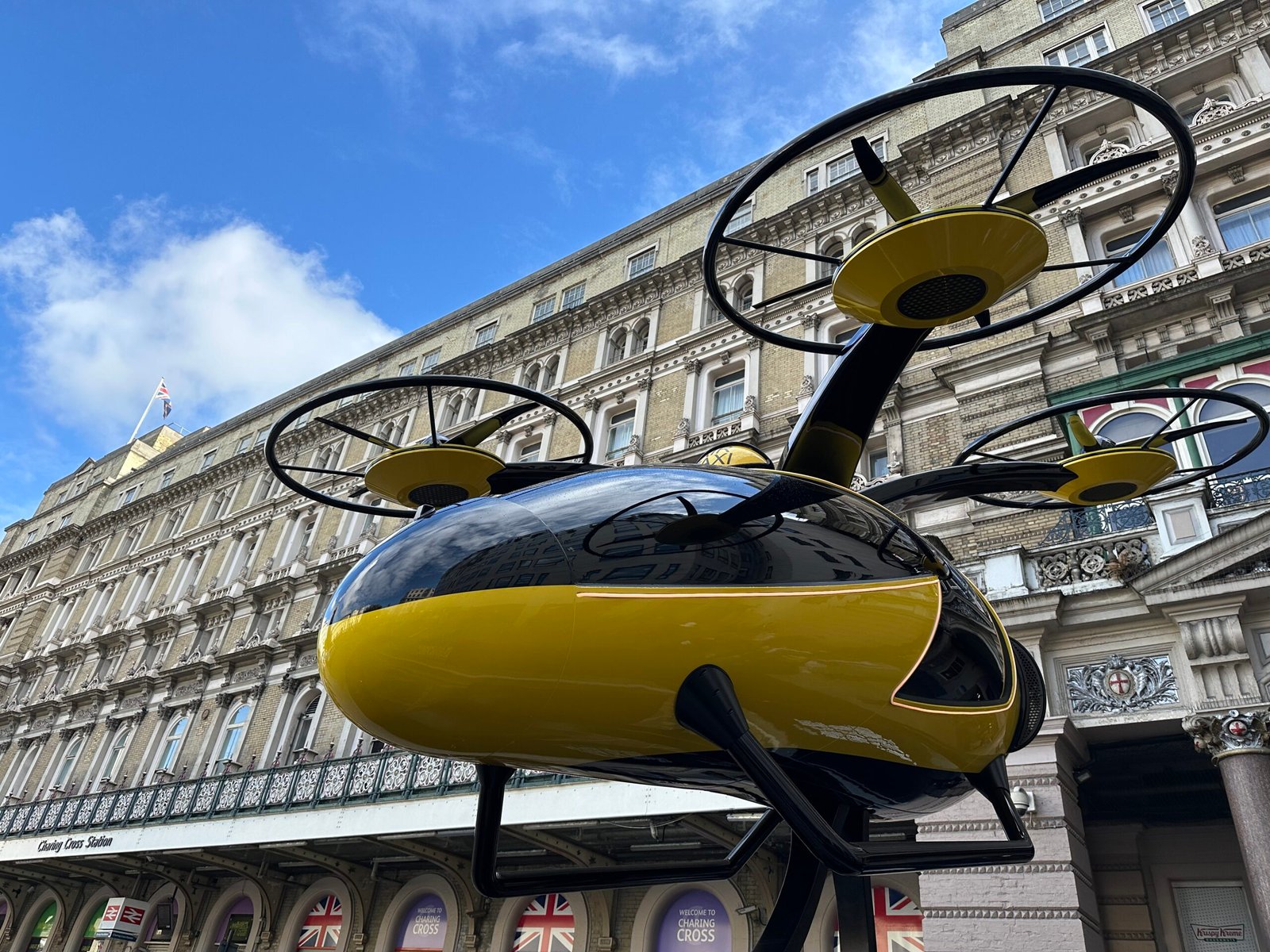The Dream of Vertical Takeoff: What is an Electric VTOL?
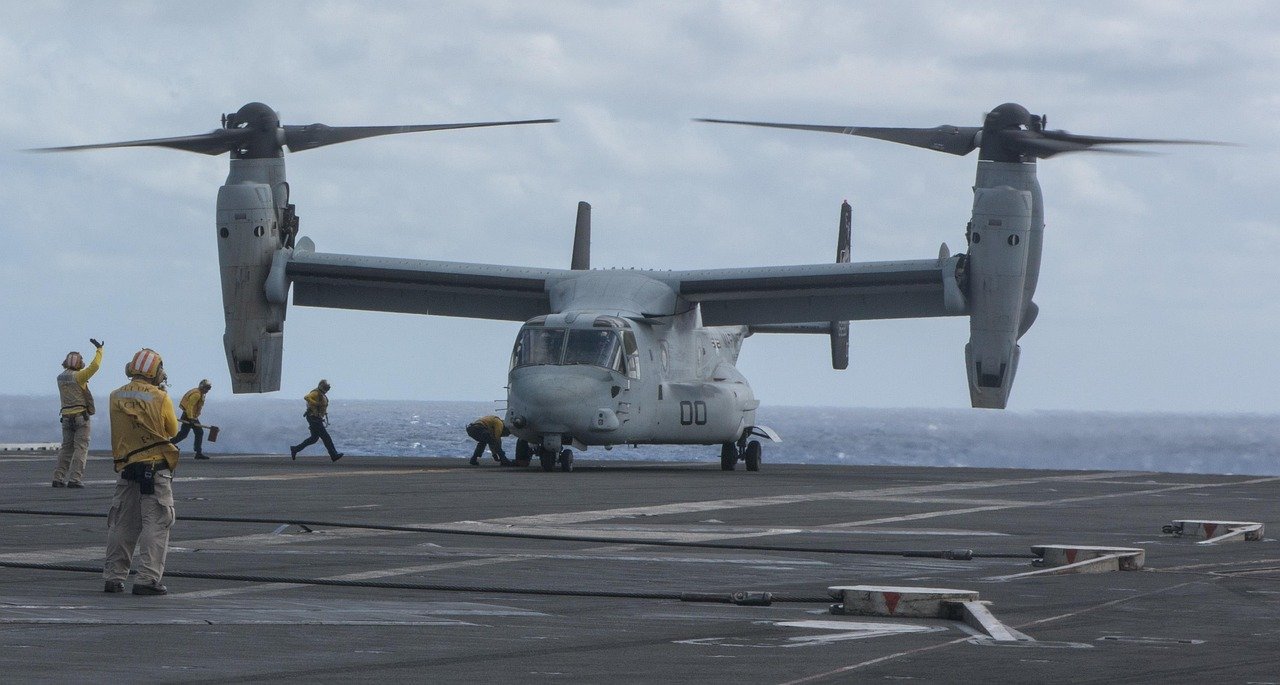
Imagine a city where your ride home lifts off like a helicopter, glides smoothly above gridlocked streets, and lands quietly just blocks from your door. Electric Vertical Take-Off and Landing aircraft—eVTOLs—are designed to do just that. Unlike traditional helicopters, these futuristic vehicles use electric propulsion and advanced aerodynamics to ascend and descend vertically, then cruise horizontally like airplanes. The promise is breathtaking: silent, emission-free flights that could cut a one-hour traffic slog into a 10-minute aerial hop. Tech giants and aviation startups alike are racing to bring this vision to life, betting that eVTOLs could become as familiar as city buses. The excitement is not just about speed and convenience; it’s about rewriting the rules of urban mobility. As the technology matures, the line between science fiction and our daily commute blurs in ways that feel both shocking and exhilarating.
Pushing the Limits: The State of eVTOL Technology in 2025
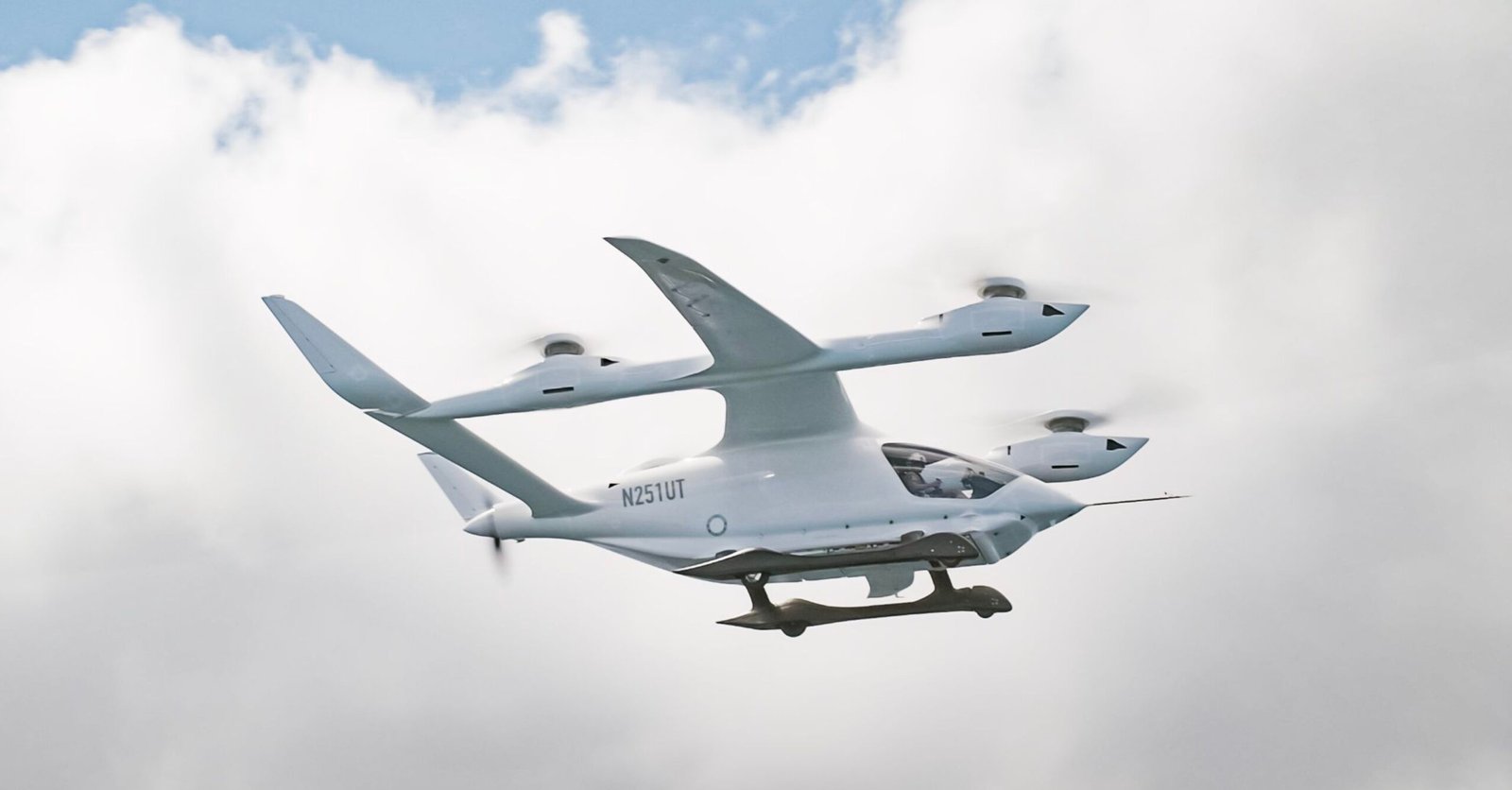
The pace of progress in eVTOL technology has been nothing short of astonishing. Companies like Joby Aviation have racked up over 1,000 successful test flights, with their aircraft boasting ranges up to 150 miles on a single charge. Archer Aviation’s Maker and Volocopter’s VoloCity are also making headlines, each focused on creating safe, efficient, and ultra-quiet vehicles that blend seamlessly into city life. Advances in battery density, lightweight composite materials, and distributed electric propulsion are fueling this rapid development. In 2024, Joby Aviation received its first FAA Special Airworthiness Certificate, marking a pivotal step toward commercial operations. Noise reduction has also become a priority, with several designs promising to be up to 100 times quieter than conventional helicopters. The result is a new generation of aircraft that are starting to look less like clunky prototypes and more like the flying taxis of our dreams.
Red Tape and Runways: The Regulatory Hurdle
Bringing eVTOLs from test flights to city skies isn’t just a technical challenge—it’s a regulatory marathon. The FAA and EASA are scrambling to craft rules that ensure safety without stifling innovation. The FAA’s Urban Air Mobility (UAM) initiative has already set out airworthiness criteria for leading designs, and in 2024, the agency began formal certification for several prototypes. However, integrating thousands of new flying vehicles into already crowded airspace requires new traffic management systems, updated certification standards, and close coordination with city governments. The regulatory landscape is evolving fast, but it’s still a work in progress. Pilots, operators, and even maintenance crews will need specialized training, and new protocols must be created for emergencies unique to urban airspace. The world is watching as regulators walk the tightrope between caution and progress, knowing that one high-profile incident could set the whole movement back.
Building the Skyways: Infrastructure for eVTOLs
The promise of eVTOLs hinges on more than just the aircraft; cities must build the infrastructure to support them. Vertiports—specialized hubs for takeoff, landing, and charging—are already being planned in places like Los Angeles, Singapore, and Dubai. These facilities require not just landing pads, but high-capacity charging stations, passenger lounges, and robust safety systems. Real estate developers are racing to integrate vertiports into rooftops, parking structures, and existing transport terminals. The energy needs are significant: high-speed chargers must rapidly replenish batteries between flights, demanding upgrades to the city’s electrical grid. Air traffic management systems must also evolve, using AI and real-time data to choreograph hundreds of simultaneous flights. The scale of this transformation is comparable to the dawn of the subway or the interstate highway—bold, expensive, and disruptive, but potentially transformative.
Market Mania: The Economic Impact and Potential
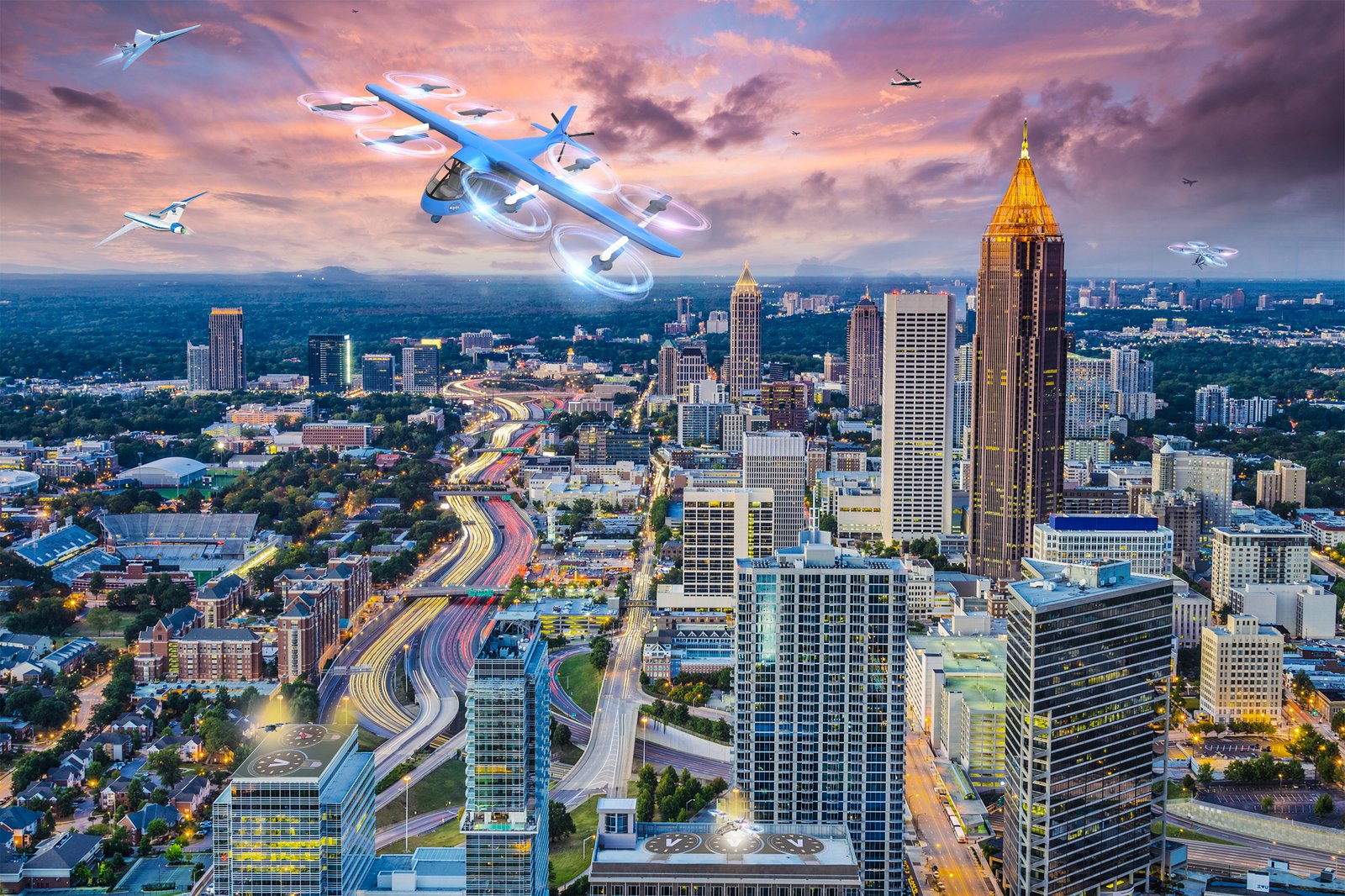
Analysts are predicting a gold rush. Morgan Stanley estimates the urban air mobility market could soar to $1.5 trillion by 2040, with eVTOLs at its heart. Early projections suggest the first commercial routes could generate over $5 billion in annual revenue by 2026, with demand concentrated in megacities suffering from chronic congestion. Air taxi services are expected to appeal not just to business travelers and tourists, but to anyone willing to pay a premium for slashing commute times. For example, a trip from Manhattan to JFK Airport, often a 90-minute ordeal by car, could take less than 10 minutes by eVTOL. The ripple effects go deeper: new jobs in manufacturing, maintenance, and operations; revitalized real estate markets around vertiports; and fresh opportunities for tech and energy startups. The economic stakes are enormous, and competition is fierce.
Cleaner, Greener Skies: The Environmental Promise

eVTOLs are more than just high-tech toys—they offer a genuine shot at greener urban transportation. Running on electricity, they have the potential to slash direct emissions compared to fossil-fuel-powered helicopters and cars. Recent studies by the International Council on Clean Transportation (ICCT) indicate that eVTOLs could reduce greenhouse gas emissions by up to 80% for routes over 30 miles, especially if powered by renewable energy sources. Their distributed electric motors are not only quieter but also much more energy efficient, converting a higher percentage of power into thrust. As cities push for zero-emission transport and cleaner air, eVTOLs stand out as a solution that’s both futuristic and practical. The environmental benefits could extend beyond the city, too, as lessons learned here push battery and propulsion technology forward in other industries.
Turbulence Ahead: The Challenges and Limitations
Despite the promise, eVTOLs face headwinds that could ground their ambitions. Battery technology, while advancing, still limits range and payload, especially in hot or cold climates. Safety remains a public concern—no one wants a “flying taxi” incident splashed across headlines. A 2024 Deloitte survey revealed that while 60% of respondents are excited about flying taxis, 40% worry about crashes, hacking, and noise. Air traffic integration poses another hurdle; managing hundreds of low-altitude flights over dense urban centers is a logistical nightmare without robust digital control systems. There are also cost concerns: initial rides may be pricey, accessible mainly to wealthier passengers until economies of scale kick in. Finally, public acceptance can’t be taken for granted—skeptics abound, wary of noise, privacy, and the unfamiliar whirring above their homes.
Makers and Movers: The Key Players Shaping the Future

A handful of pioneering companies are leading the eVTOL charge. Joby Aviation, with its long-range, all-electric aircraft, has attracted partnerships with Uber and Delta Air Lines. Archer Aviation’s Maker is designed for short urban hops, focusing on safety and sustainability. Volocopter, a German company, is targeting the European market with its compact, multicopter design. Lilium offers a unique “jet” approach with dozens of small electric fans, aiming for longer-range regional flights. Beta Technologies and Vertical Aerospace are also carving out niches, each bringing distinct engineering philosophies and business models. These rivals are not just building hardware—they’re forging alliances with airlines, rideshare companies, and city planners, jockeying for position in what could be the transportation revolution of the century.
From Sci-Fi to Schedule: How Soon Will eVTOLs Arrive?

The timeline for eVTOL adoption is moving from fantasy to flight plan. Joby and Archer are targeting commercial launches as early as 2025, with initial services likely debuting in cities like Los Angeles, New York, and Paris. These early deployments will be limited—perhaps a handful of aircraft flying fixed routes between airports and downtown—but their success will be watched worldwide. Regulatory approval, public acceptance, and operational kinks will determine how quickly the rollout expands. If all goes well, by the late 2020s, urban air mobility could become a fixture in the global megacity landscape. The leap from demo flights to full-fledged flying taxi networks may take longer, but the momentum is undeniable.
Inside the Cabin: What Will It Be Like to Ride an eVTOL?
Picture stepping into a sleek, glass-domed cabin, greeted by soft lighting and almost no engine noise. eVTOL interiors are being designed with comfort and safety as top priorities—think plush seats, panoramic views, and intuitive controls for both pilots and passengers. Many models will be piloted at first, but most are being built with autonomous operation in mind, promising a future where your “driver” is an algorithm. Security measures will be tight, with biometric check-ins and constant system monitoring. The ride itself? Expect a smooth ascent, a gentle cruise above traffic snarls, and a pinpoint landing at your chosen vertiport. For many, the first flight will feel surreal—a mix of awe and nervous excitement, like the leap from horse-drawn carriages to motorcars a century ago.
The Global Race: Which Cities Will Take Off First?
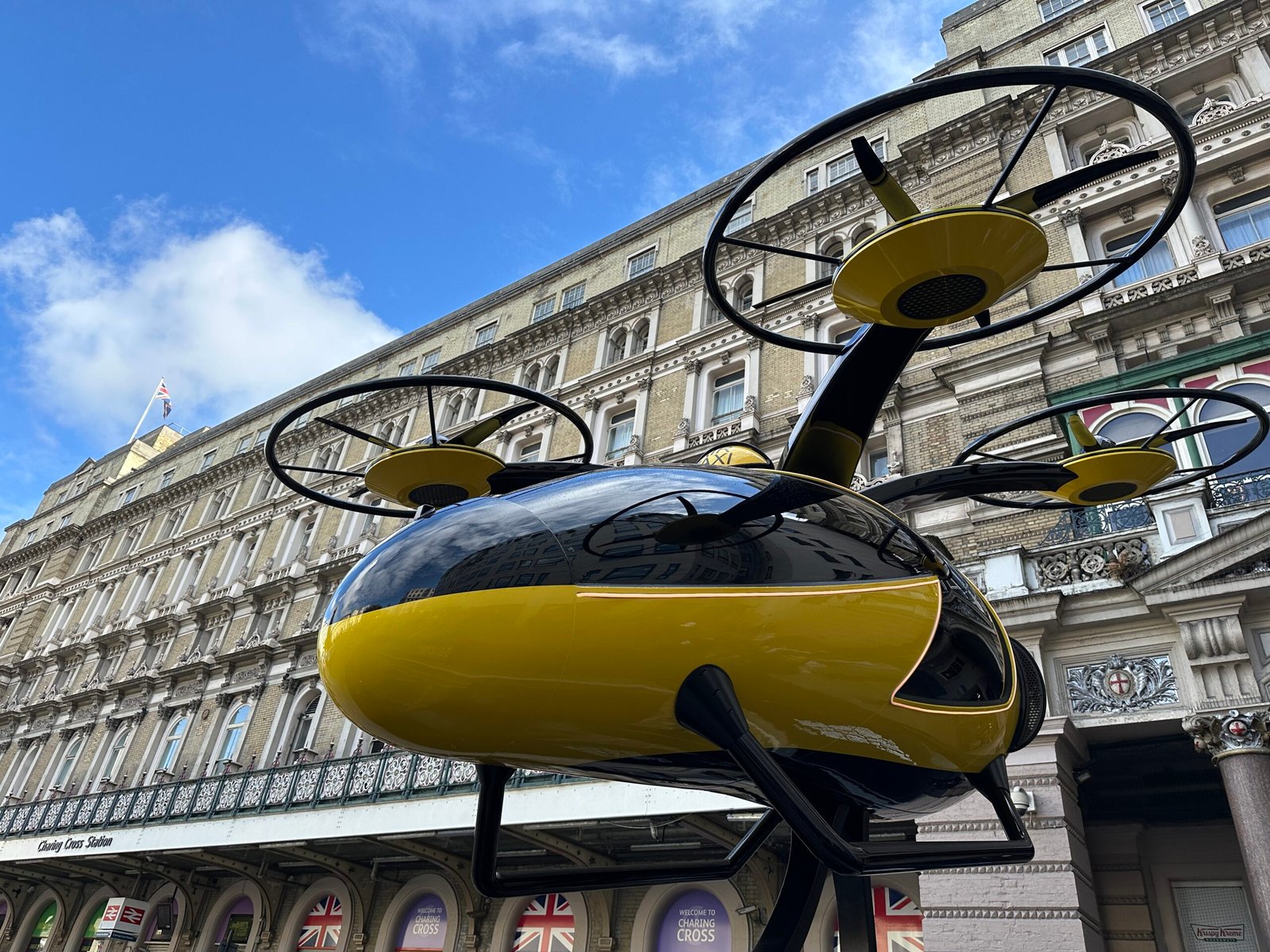
Cities worldwide are jockeying to be first in the skies. Los Angeles, with its sprawling layout and gridlock woes, is an early favorite, having already committed to vertiport infrastructure and pilot programs. Paris is planning flying taxi routes. Singapore’s dense urban core and tech-forward governance make it another strong contender, with Volocopter already conducting test flights. Dubai, known for its embrace of bold infrastructure, is also moving quickly, promising tourists and commuters a taste of Jetsons-style travel. Each city faces unique challenges—weather, regulation, public skepticism—but all see eVTOLs as a chance to leapfrog into the future.
What Happens Next for Flying Taxis?
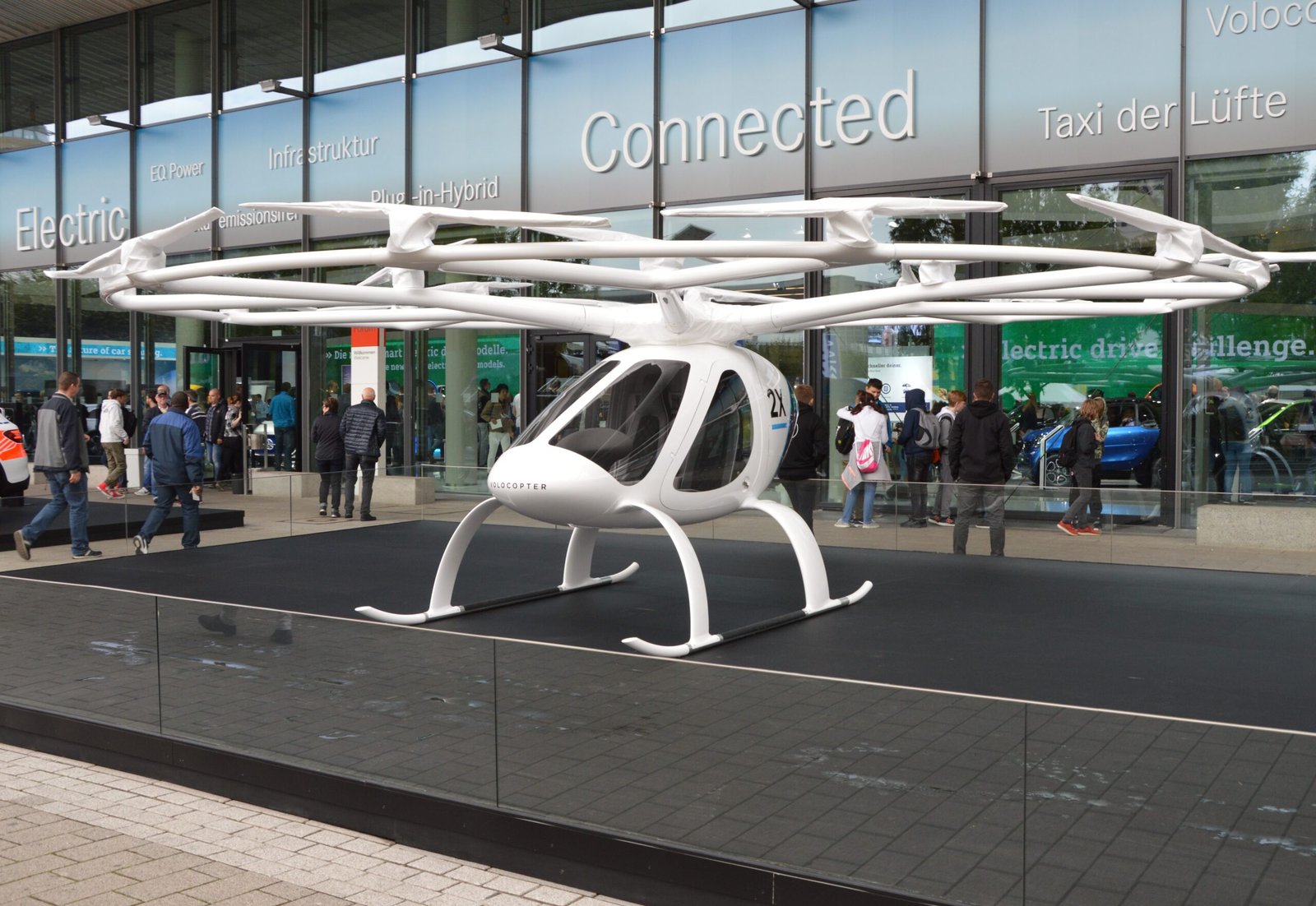
As the countdown to 2025 continues, the world stands at the edge of a transportation revolution. eVTOLs could soon transform how we think about distance, time, and the very shape of our cities. The challenges are real, but so is the momentum. Are you ready for the day your ride home takes to the skies?

